BMW 3 Series Review, First Drive
What we have here is the latest iteration of BMW's best-selling hot-shod sedan of all time - the BMW 3-series. Slated to launch in the middle of 2019, we had a chance to drive this impeccable machine on the alluring roads of Portugal. Here's our extensive review.
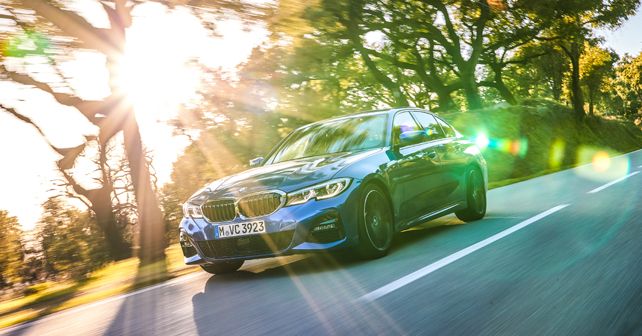
BMW's best-seller has just been given a makeover, and it is all set to reach the Indian shores in the middle of 2019. Here's a glimpse of what to expect.
I’m afraid that I have to begin this review with a disclaimer. You see, I’ve owned three generations of the BMW 3 Series over the years – an E30 325is from the ’80s, an E36 325i from the ’90s, and a current (but soon to be previous) generation F30 328i. So, it’s safe to say that I’m more than a little emotionally involved here!
Right, disclaimer over, now let’s get to this machine – this is the latest version of BMW’s best-selling car of all time. And to say that the 3 Series has been a successful model for BMW would be a massive understatement. After all, they’ve sold 15 million units over the past 40 years. This is the car that every sports sedan around the world is measured against. But, of late, that single-minded focus seemed to shift somewhat.
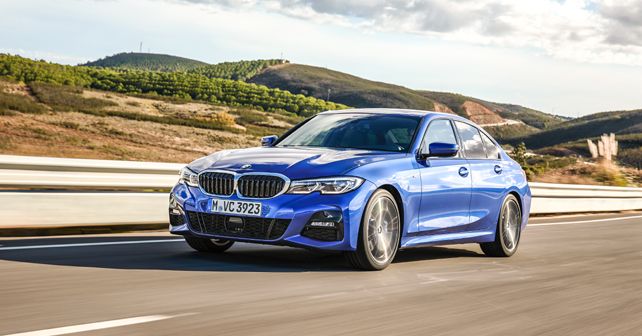
In a bid to appeal to an even wider spectrum of potential buyers, the 3 Series grew softer and more accommodating. And, in doing so, it opened the door for other brands to try and steal the sports sedan crown. Alfa Romeo, with the Giulia, and Jaguar, with the XE, have recently introduced incredible driving cars that push BMW’s best seller further than ever before. So, BMW has responded with this – the brand new 7th generation 3 Series.
In a bid to secure its crown, BMW claims that this is the sportiest 3 Series that they’ve ever made – and that’s music to my ears! Even in an age where SUVs rule, the 3 Series is very important for the brand – and for all cars for that matter. Think of this as the flag bearer for sedans then. According to BMW, this remains the heart and soul of the brand. So, naturally, expectations were running high when I landed in Portugal to try out this all-new machine.
Bigger nose, and just about everything else
Styling wise, the new 3 looks very much like the latest 5 Series from the front – which is to say that is has a very prominent double kidney grille that looks butch and imposing. It’s a little too large for my liking, but the rest of the car looks pretty good – and unmistakably like a 3 Series.
As expected, this generation has grown in just about every direction. It’s 16mm wider and 76mm longer – 41mm of that is in the wheelbase, so you get more legroom in the back. But it’s also 55kgs lighter than the previous generation. The front track is 43mm wider, while the rear track is 21mm wider, which means that it should grip the road better than ever before. And, of course, it retains its trademark 50/50 weight distribution font-to-rear. All of which means that it should be every bit as dynamic as ever. And, to that end, they’ve also stiffened the chassis considerably.
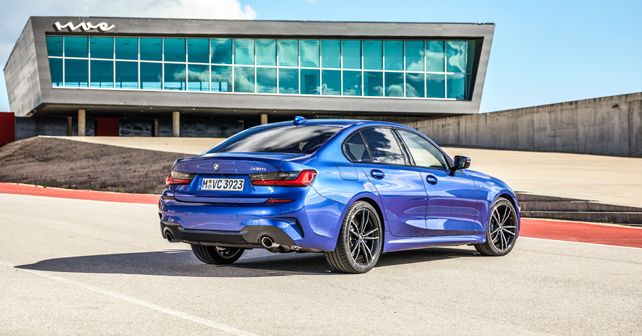
Now, I can attest to the fact that the current generation 3 Series isn’t exactly made of jelly, and yet BMW engineers say that they’ve made the mounting points for the front suspension (the strut mounts and wishbone mounting points) 50% stiffer than before. Now you don’t have to be a mechanical engineer to deduce that a stiffer and lighter chassis should mean that this truly is the most dynamic 3 Series ever made.
But before we put the pedal to the metal – metaphorically speaking anyway, in this case, it would be depressing a rubber pedal and sending electrical pulses to a control unit – let’s take a closer look at all the tech that BMW has packed into this machine.
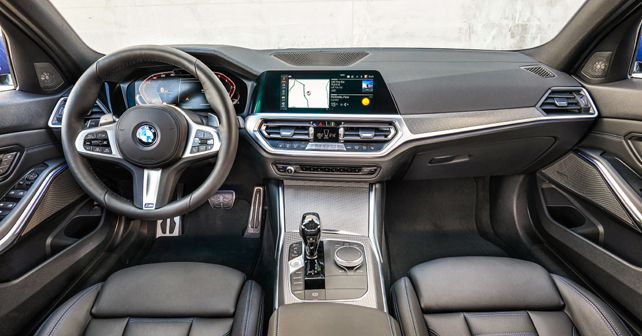
‘Hey BMW, I’m bored’
All you have to do is get into the new 3 Series, and say, ‘Hey BMW, I’m bored,’ and your very own ‘Intelligent Personal Assistant’ will respond by saying, ‘We can’t have that,’ or something a little more ‘Germanic,’ after which it’ll promptly select ‘Sport’ mode to get your pulse racing.
The new 3 Series has the 7th generation of BMW’s operating system, which comes with your very own Siri or Alexa-like assistant. Except BMW goes one step further. You can even rename your assistant to whatever suits your fancy. All you have to do is say, ‘Hey BMW, change your activation word,’ and you can rename your BMW Galadriel (she’s an Elvin Queen) if you so choose.
There’s some serious tech under the skin too. BMW claims that the 3 Series comes fitted with Stage 2 autonomous tech – making it the only car in its segment to come so equipped. All this fits with BMWs attempt at future proofing the 3 and making it competitive in a world of Tesla Model 3s.
Our test car came fitted with BMW’s brand new digital instrument cluster and latest iDrive system. Now, a trademark of the 3 Series right from its inception is its pair of large round gauges for the tachometer and speedometer. And while I’m a hardcore traditionalist, for the most part, I have to admit that I really like the new instrument cluster. It looks great, is very intuitive and, with the speedo and tach moved to the two corners, it frees up space in the centre for a host of information. Meanwhile, iDrive continues to be best-in-class by a mile, and the head-up display is excellent as well.
But, all is not well. You see, the personal assistant couldn’t really understand my accent and the autonomous driving tech felt like it was still in the pilot stages of its development. As far as voice commands go, I don’t know why automakers don’t just go to the likes of Apple, Google or Amazon and buy voice recognition modules from them. In terms of autonomous tech, stage 2 means that, technically, it should be hands-off (wherever the regulations allow). Of course, the reality of India means that you’ll never use autonomous technology on our roads anyway, but even if you could I wouldn’t feel comfortable surrendering control to this collection of ones and zeros just yet – at least not until all the kinks are worked out.
The good thing is that BMW will provide over-the-air updates via an app, which means that you can keep your car updated as the system continues to evolve – so there’s hope yet.
But the question remains – is this the best driving 3 Series ever?
All grown up
To begin with, the two models that will come to India by the middle of 2019 are the 320d and the 330i. Both cars retain their 2.0-litre turbocharged four-cylinder motors. The diesel motor produces 188bhp and 400Nm of torque, while the petrol produces 255bhp and 400Nm. But BMW hasn’t just carried these motors over from their previous avatars. The diesel now comes with a pair of turbos – a low-pressure turbo that works at slow speeds and a high-pressure turbo that kicks in at higher levels of boost. The result of this clever bit of engineering is that there’s absolutely no turbo lag whatsoever.
Previously, in the 320d, there would be a little bit of lag before the turbo would kick in and the resulting surge of power would pin you in your seat ever so slightly. Now, the power delivery from the diesel is more progressive and linear. All models of the new 3 also come with acoustic glass windshields that insulate you from the outside world. Our test cars even had acoustic glass on the front doors – which meant that you couldn’t hear any diesel clatter at all. In fact, I challenge anyone to tell, from behind the driver’s seat, that there’s a diesel motor under the hood of the 320d – it’s that quiet and refined. But it’s also a little less entertaining. It feels more mature and grown up – more like a taut 5 Series rather than the most sporty 3 ever.
The 330i, on the other hand, feels like a different animal altogether. Power delivery is more urgent of course. And in Sport mode, the engine note is ‘enhanced’ and pumped into the cabin. The 8-speed ZF gearbox – which, for me, was already the best gearbox in the world for anything less than a supercar – is even quicker and more responsive. And the grip levels are simply insane.
In the mountains of the Algarve region, where we were testing these cars, you could simply carry any speed into a corner and the new 3 Series would just grip and go. So-much-so that you could hear a little bit of tyre squeal from outside the car, but on the inside thanks to the acoustic glass, there was absolutely no sense that you were taking 90-degree bends at ludicrous speeds – other than the scenery rushing past at great speed of course. But, while the new 3 Series is so much more capable than ever before, it also appears to have become a victim of its own excellence. You see, the beauty of the 3 Series has always been its ability to involve the driver in the experience, and allow the person behind the wheel to access its limits and revel in the inherent sweetness of the chassis. All that inherent loveliness is still there of course, but the limits are so high now that you have to be doing ridiculous speeds to experience it. Fortunately, we did just that on the Portimao circuit – one of the most entertaining and challenging tracks in the world – in the M340i xDrive.
Now, the 340i, with its 369-horsepower 3.0-litre turbo inline-six motor will never come to India, but it allowed us to get closer to the limits of this machine. And what I can tell you is that the new 3 feels sharper and more responsive than ever before, but just not as willing to engage. And that’s where I think BMW has missed a trick. You see there are plenty of SUVs that are more luxurious and – with even wider rubber at all four corners and bigger motors – even more grippy and powerful. This was an opportunity for BMW to prove, once and for all, that vehicles that are lighter and lower to the ground offer a superior driving experience because they engage you in a manner that a big, lumbering SUV simply can’t. What BMW has done, instead, is make a 3 Series that’s – well – better in every way! It’s more luxurious, refined, tech-laden and faster than ever. Objectively I just can’t fault it, but emotionally I just didn’t connect with it. But you can’t blame me, I issued a disclaimer right at the very beginning of this review remember.
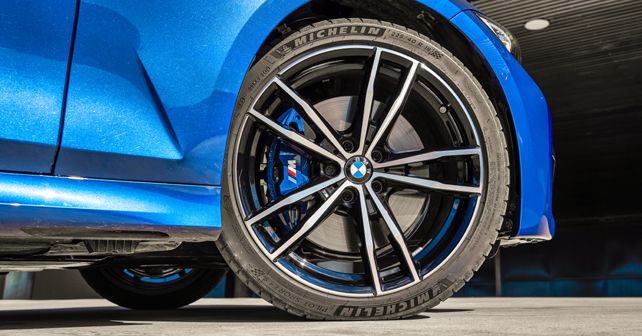
Would I mind driving one every day? Absolutely not. I would choose the 330i in a heartbeat – but without the stiffer suspension and 19-inch rims of the M-Sport variant. A 330i on 18-inch wheels would be the perfect daily driver if you think about it. Well, unless your heartstrings are so fragile so as to be pulled by a machine with four wheels and a kidney grille for a nose that is…
Engine: 1,995cc / In-line 4 Cylinders / Turbocharged
Fuel: Diesel
Transmission: 8-Speed Automatic / Rear-Wheel Drive
Power: 188bhp @ 4,000rpm
Torque: 400Nm @ 1,750-2,500rpm
Acceleration: 0-100km/h – 6.8 seconds
X-Factor: Better in every way, and immensely capable – but not necessarily more fun to drive than before!
|
Pros |
Cons |
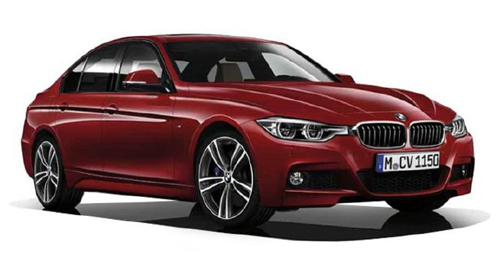
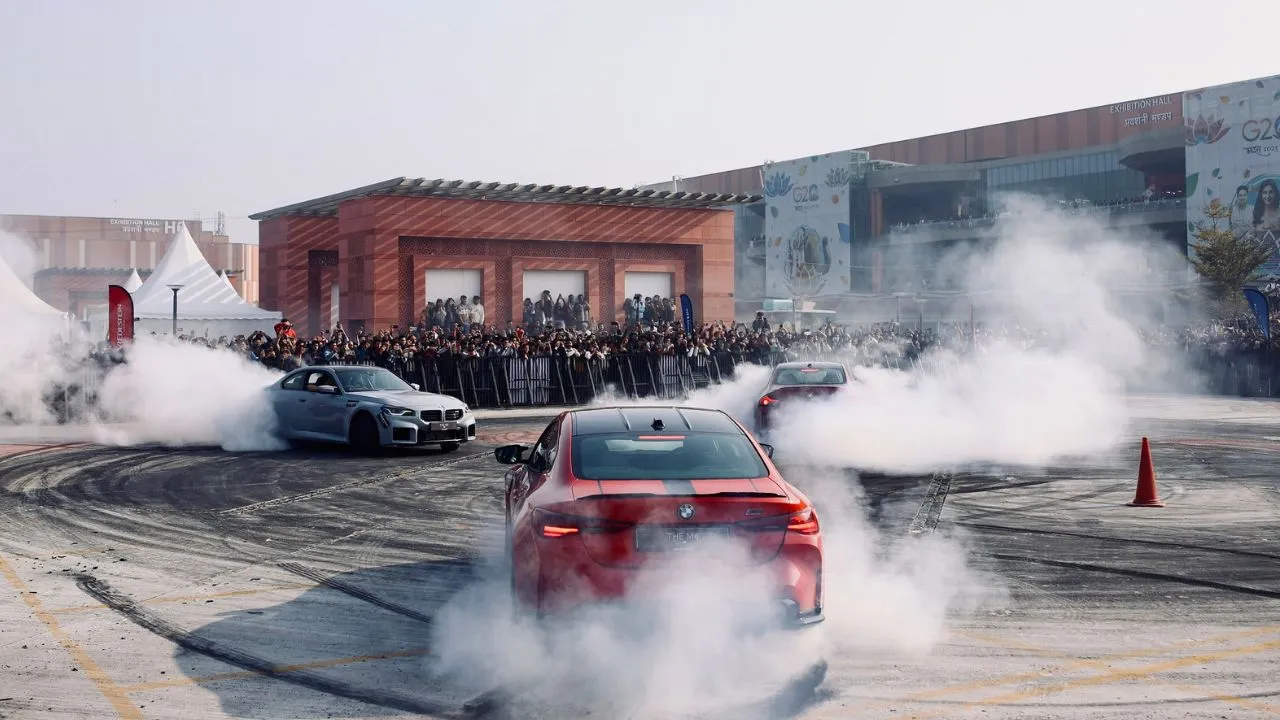
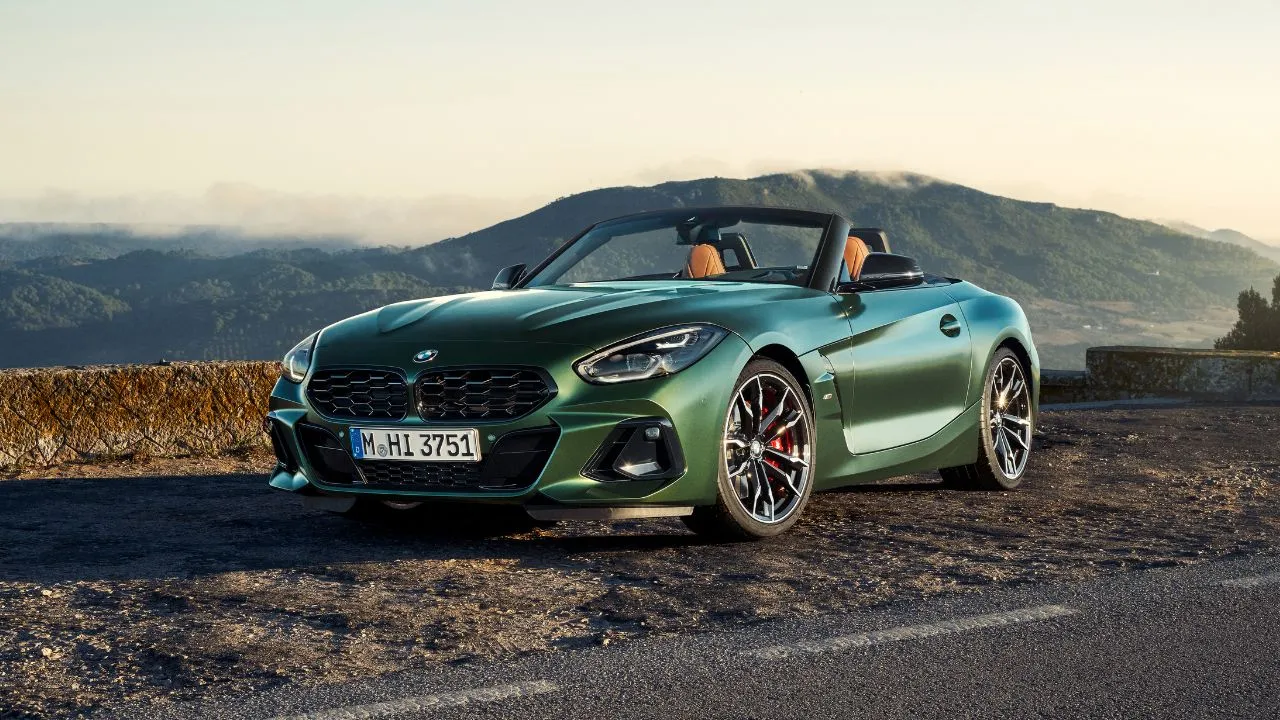



.webp)
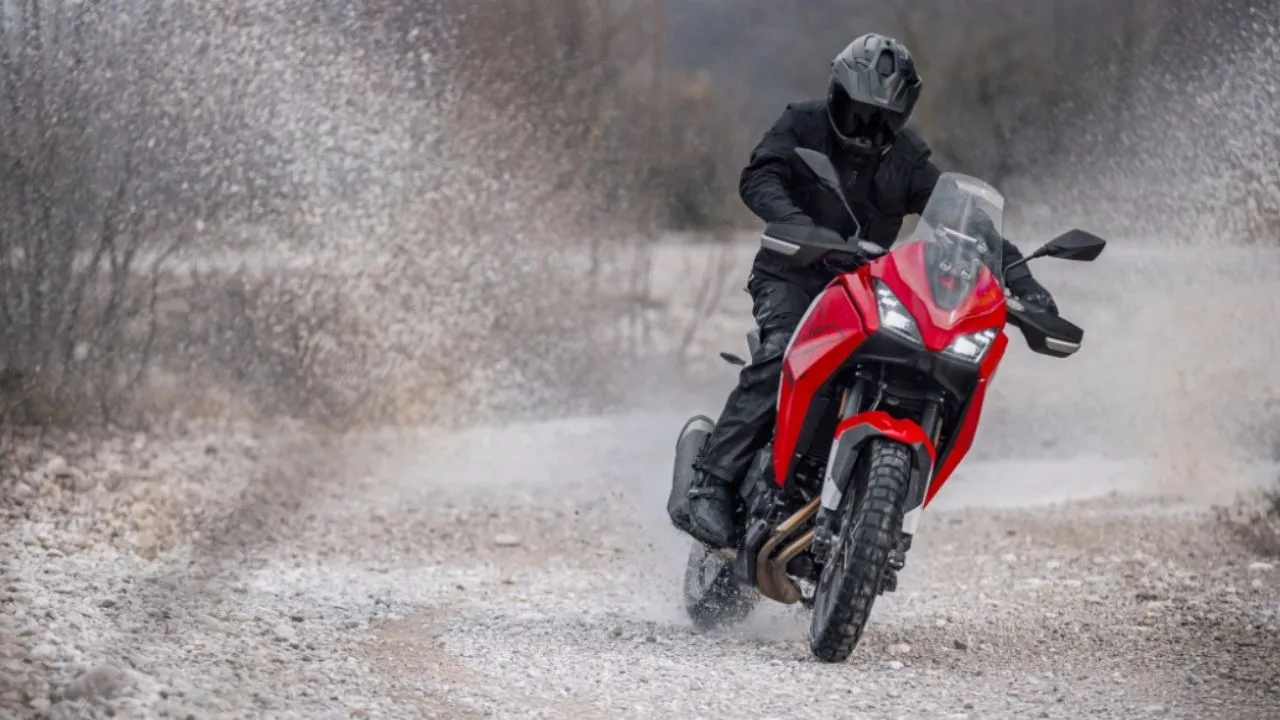
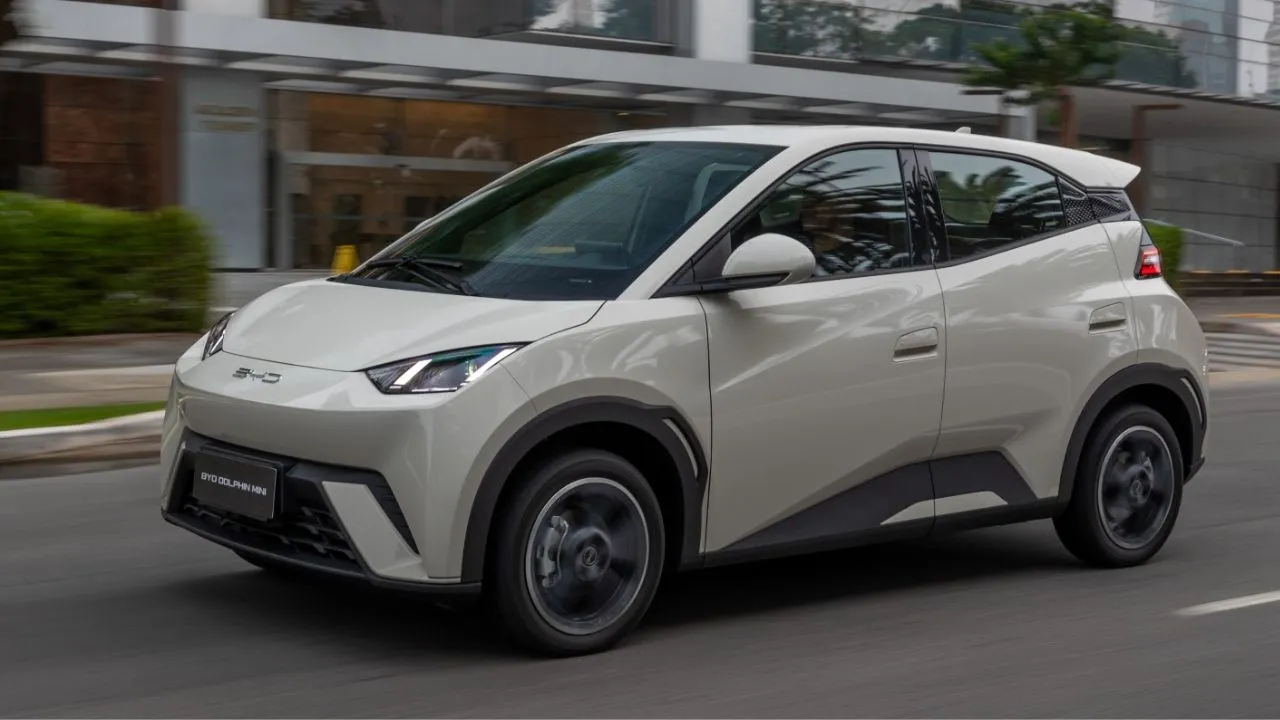
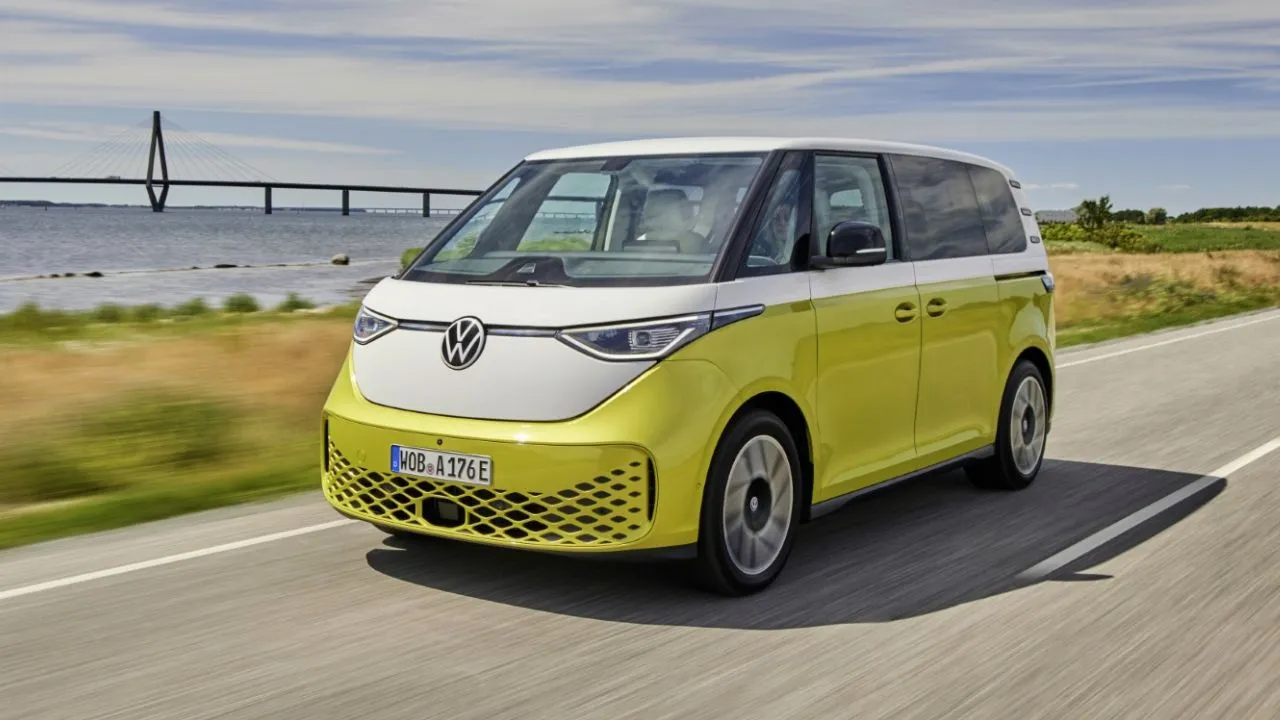
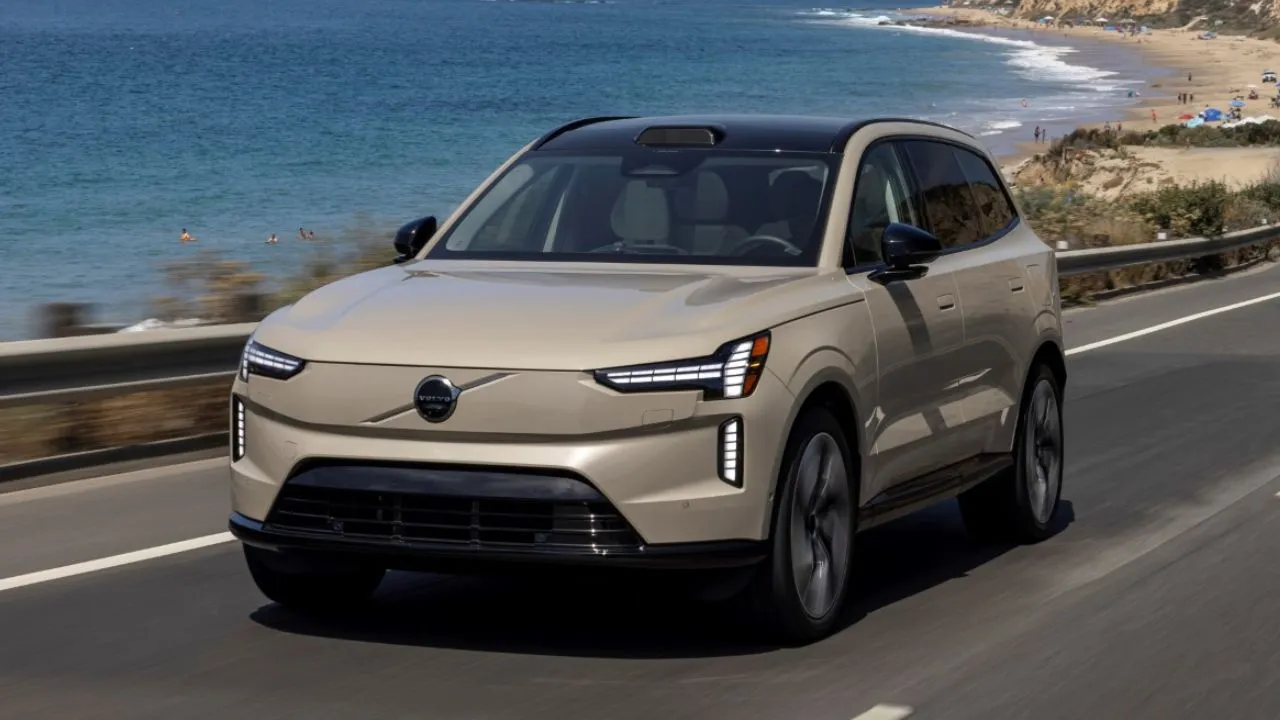
.webp)














Write your Comment on